画像 e major scale guitar chords 183025-E flat major scale guitar chords
The key of E minor is the relative minor key of G major Minor keys are formed with the same chords as their relative major key, by starting with the 6th (vi) chord of the major key The chord formula for any minor key is minor, diminished, Major, minor, minor, Major, Major A common way to number these chords is by Roman numeralsE Major Scale Open Chords on Guitar The more sharps and flats a guitar scale uses, the fewer simple open chords you'll find perfectly match the scale Because the E Major scale uses four sharp notes and it doesn't use the open D or G strings, you may need to use some barre chords if you want to create chord progressions in the key of EWith the chords of the Scale Chords project, you can create nice chord progressions easily But did you know that it's possible to transform these chords into great sounding melodies and basslines easily?
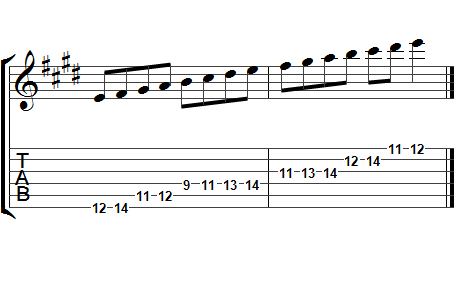
E Major Guitar Scales Guitar Scales Chart 8notes Com
E flat major scale guitar chords
E flat major scale guitar chords-E Major Scale For Guitar Formula 1, 2, 3, 4, 5, 6, 7 Notes E F# G# A B C# D# Chords For E Major Scale The notes in E Major scale are E F# G# A B C# D#Here is aThis version of the D major scale features one note (a C#) on the 6th fret of your G string To play it, simply stretch your index finger up one fret to play the C# before shifting back down to the 7th fret to play a D note D Major Scale Tabs Guitar scale diagrams aren't the only way to learn scales


Learn The Major Scale On Guitar Lead Guitar Lessons
E Guitar Chord E Guitar Chord and alternate tunings 11 chord voicings, charts and sounds Chord notes and structure E Ab B (R 3 5) E Chord Full name E major AKA EM Guitar sound On this page Charts Inversions Left handed charts Structure Chord on other instruments Harmonized progressions Related scales Chord staff Summary table ReferencesThe E major scale has 7 notes, each with a corresponding scale degree Degree 1 2 3 4 5 6 7 1(octave) Note E F# G# A B C# D# E But how do we know which chord will be major or minor?E Major Scale Open Chords on Guitar The more sharps and flats a guitar scale uses, the fewer simple open chords you'll find perfectly match the scale Because the E Major scale uses four sharp notes and it doesn't use the open D or G strings, you may need to use some barre chords if you want to create chord progressions in the key of E
E Major Guitar Options Predefined Tuning Standard (EADGBE) Drop D (DADGBE) Half StepE♭ Major Blues Scale This page recommends chords for each tone in the E♭ Major Blues ScaleThe tones in the recommended chords are also within the E♭ Major Blues ScaleThe key of E minor is the relative minor key of G major Minor keys are formed with the same chords as their relative major key, by starting with the 6th (vi) chord of the major key The chord formula for any minor key is minor, diminished, Major, minor, minor, Major, Major A common way to number these chords is by Roman numerals
The E Major 7 chord (also written as E Maj 7) contains the notes E, G#, B and D# It is produced by taking the root, 3rd, 5th and 7th of the E Major scaleIt is essentially a E Major chord, with the 7th note of the Major scale added The E Major 7 chord is most commonly played with the root note on the 7th fret of the 5th stringFor example, if we look at that "E major fretboard chart" again, the traditional version of the chord is made up of the notes E, B, E, G#, B, E That's three E's, two B's, and one G# Notice that all three required notes are in there , but some notes are being played more than once, like the E and B, creating a large chord "voicing"To download the tab and jam track for this lesson, be sure to visit https//wwwactivemelodycom/lesson/simpleleadplayedinthemajorpentatonicscalekey
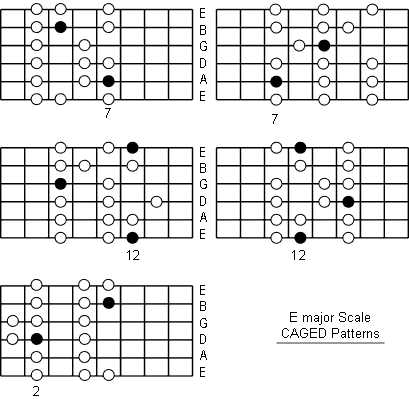


E Major Scale Note Information And Scale Diagrams For Guitarists



Harmonizing The Major Scale On Guitar To Easily Write Songs
Shapes These CAGED scale patterns help you learn the major scale as it relates to standard CAGED chords For instance, Pattern 1 will correspond to a C chordFirst, fourth and fifth chords of a major scale will always be major chords Second, third and sixth chords of a major scale will always be minor chords Seventh chord of a major scale will always be diminished chords The seven diatonic chords formed from the key of E major are I E – G♯ – B (E major chord) ii F♯ – A – C♯ (FE Major Scale, Guitar theory explained with visual color coded notes showing octave ranges, root notes, and app for guitar and bass with scales, arpeggios and chords with sound Visual Guitar Book Part 1 Home Sound and Light String Fundamentals Tuning The Octave Octave Groups Octave Regions All the Notes


Learn The Major Scale On Guitar Lead Guitar Lessons
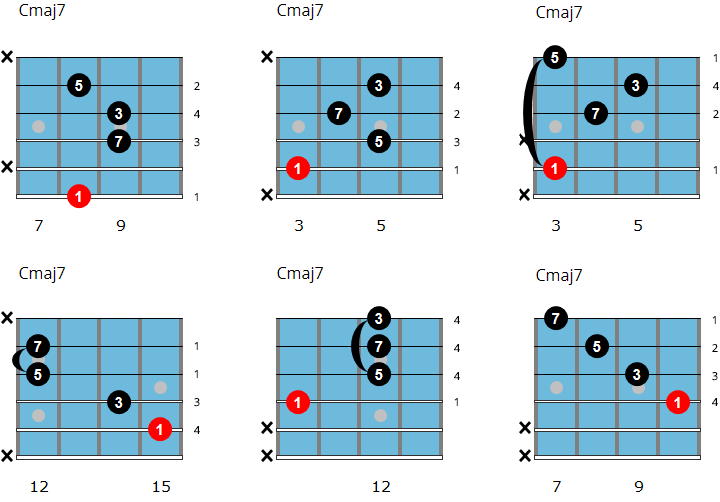


Major Chords For Jazz Guitar
Major chords are typically used to express happiness in music, as they have the 'positive' interval of a major 3rd An E major chord is one of the first you'll learn, as it is part of the 'open' tuning of a guitar One of my favourite ways to use an E major chord is in the key of A minor, as a version of chord V (5)Learn how to play the E Major scale on bass guitar with our free tab, sheet music, neck diagrams, and moreI want to get you thinking about the relationship between the major scale and chords The notes of a chord can be derived from the major scale Start at a degree and play every other note For example, you can form a C Major chord by playing CEG Similarly, you can form a D minor chord, by playing DFA The C chord is the I chord
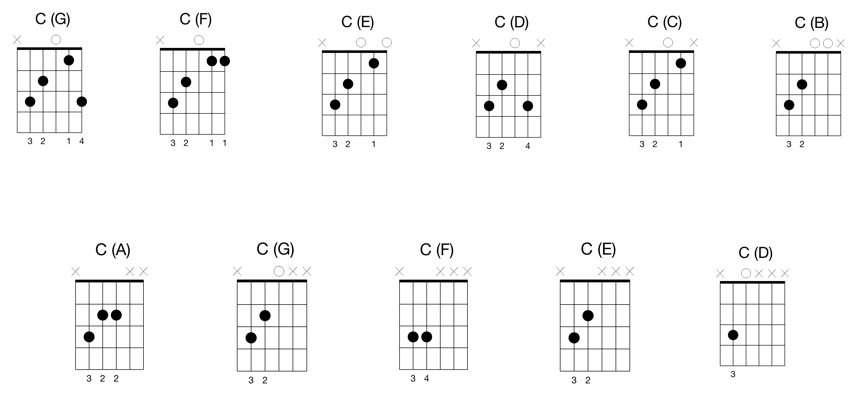


Solo Guitar Combining Scales With Chords Liberty Park Music



E Major Scale On The Guitar Caged Positions Tabs And Theory
E major Guitar Scales Chart C C# Db D D# Eb E F F# Gb G G# Ab A A# B Show All E Scales Hide Scales List E Major E Major pentatonic E Minor pentatonic E Dorian E Phrygian E Lydian E Mixolydian E Aeolian E Locrian E Blues E Harmonic Minor E Melodic Minor E Whole ToneMajor Key Chord Progressions For example, the C major chord, which forms the root of the C major scale, is made up of the notes C, E, and G— the first, third, and fifth notes of the key of C major If you were to use every chord in the key of C major, the following would be the chords you'd use I C II D minor III E minor IV F V GMajor Key Chord Progressions For example, the C major chord, which forms the root of the C major scale, is made up of the notes C, E, and G— the first, third, and fifth notes of the key of C major If you were to use every chord in the key of C major, the following would be the chords you'd use I C II D minor III E minor IV F V G
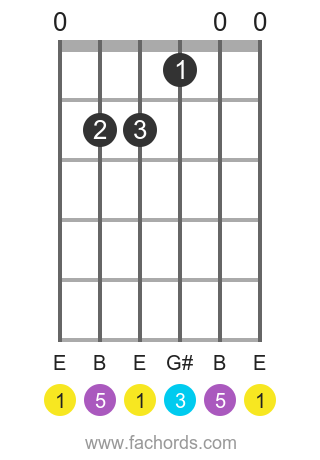


Emaj Guitar Chord Chart E Major


Q Tbn And9gcss J2ksklbyfta61qwvypxyi46nfmky86wesqazepr0pg66sqy Usqp Cau
By applying the major/minor pattern created by building chords of the major scale to the fretboard, we can easily map out the relative positions of the chords of a key This is particularly useful when writing chord progressions, transposing to another key, playing with other musicians, and easily identifying the chords of a key on the flyAnother 2 Octave E Major Scale For Guitar An alternative way of playing a 2 octave E major guitar scale is shown below Although the notes of the first octave of the scale are exactly the same as those of the first 1 octave open position scale, they are all played at different fretsIn fact, every chord in a given scale uses notes from that parent scale Since there are seven tones in the major scale, you potentially have seven tones from which to build a related chord However, on guitar, chords most commonly tend to involve three to six tones Major Scale Triads Let's use the C major scale for the following example


E Major Nine Guitar Chord Diagrams



E Major Guitar Scales Guitar Scales Chart 8notes Com
Remember, 1, the first note of the scale, is the root note, so if you started the scale at the 3rd fret on the low E string, the 1st note would be G so it would be the G major scaleThe root note defines the key in which we play the scale, in other words You should learn that major scale pattern above to start with and learn the visual (and auditory) relationships between its intervalsScale Formula 1 2 3 4 5 6 7;Starting from a given root note, we need to form its triad in a way which leaves the chord constructed only from notes that can be found on the E major scale This means that starting from each root note, we'll count out the 1 st 3 rd and 5 th degrees along the major scale of that given root note We than



Barre Chords Play All Chords Using Standard Shapes Guitar Lessons Basic Guitar Lessons Guitar Chords And Scales



Building Chords And Progressions Of The Major Scale Guitarhabits
E, A, B, E E– B – C# minor – A E – C# minor – A – B E– B – C# minor – G# minor – A –E – A – B Blues E –E –E –E – A – A – E–E – B – B –E –E F# minor – A – B E– A – B – A B – A – E C# minor – A – E– B C# minor – B – C# minor – BE Major Scale Notes E F# G# A B C# D#;C Major Scale Exercises on Guitar To wrap things up, let's try some E minor scale exercises Before you dig in to these exercises and drills, make sure you've warmed up by playing the E minor scale slowly in each position, as well as the chords of the E minor scale



The Ten Most Usable Guitar Chords Guitar Fretboard Knowledge



E Major Scale Charts For Guitar And Bass
The chord formula for any Major key is Major minor minor Major Major minor diminished A common way to number these chords is by Roman numerals I ii iii IV V vi vii (Major chords are usually capitalized, minor and diminished chords are lower case)For example, if we look at that "E major fretboard chart" again, the traditional version of the chord is made up of the notes E, B, E, G#, B, E That's three E's, two B's, and one G# Notice that all three required notes are in there , but some notes are being played more than once, like the E and B, creating a large chord "voicing"The E major is a chord built on the 1st degree of the E major scale It's played with the notes E G# and E, also called Root note, 3rd, and 5th This type of chord is called triad, which represents the most basic chord in music
:max_bytes(150000):strip_icc()/E-Major-guitar-chord-58b9739c5f9b58af5c489016.jpg)


8 Basic Guitar Chords You Need To Learn



E Major Scale On One String Hub Guitar
Another 2 Octave E Major Scale For Guitar An alternative way of playing a 2 octave E major guitar scale is shown below Although the notes of the first octave of the scale are exactly the same as those of the first 1 octave open position scale, they are all played at different fretsC major chord Start on the highest note (G, 3rd fret on the E string), ascend through the scale while holding the C chord, The following shapes show what your fingering should look like for each note of the scale The note of the scale is shown in bracketsMajor chords are typically used to express happiness in music, as they have the 'positive' interval of a major 3rd An E major chord is one of the first you'll learn, as it is part of the 'open' tuning of a guitar One of my favourite ways to use an E major chord is in the key of A minor, as a version of chord V (5)
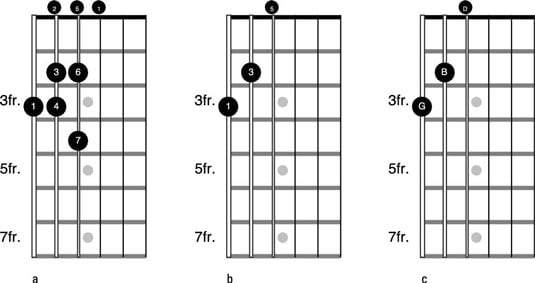


Basics Of Triads And Chords On The Guitar Dummies


Major Scale On Guitar Essential Theory Chord Tracks
The E major chord is built from the 1st, 3rd and 5th scale degrees of the E major scale 1, 3 and 5 from the E major scale end up being the E, G# and B notes When you play the E major chord on guitar, you strum 6 strings, so some of those notes repeatChords For E Major Scale The notes in E Major scale are E F# G# A B C# D# Here is a list of common chords that consist of some of these notesKey Signature Four Sharps;



How To Learn The Basic Guitar Chords



Open Position Major Scales For Guitar Cyberfret Com
At FeelYourSound, we created a MIDI plugin that does exactly thatAnother 2 Octave E Major Scale For Guitar An alternative way of playing a 2 octave E major guitar scale is shown below Although the notes of the first octave of the scale are exactly the same as those of the first 1 octave open position scale, they are all played at different fretsC major on the guitar is not always the first scale we learn, some often learn G or D But if we are to approach the guitar in a theoretical way, it really is best to start with C major In addition to having no sharps or flats to think about, it also contains all the open notes of a guitar, so we can use this to our advantage
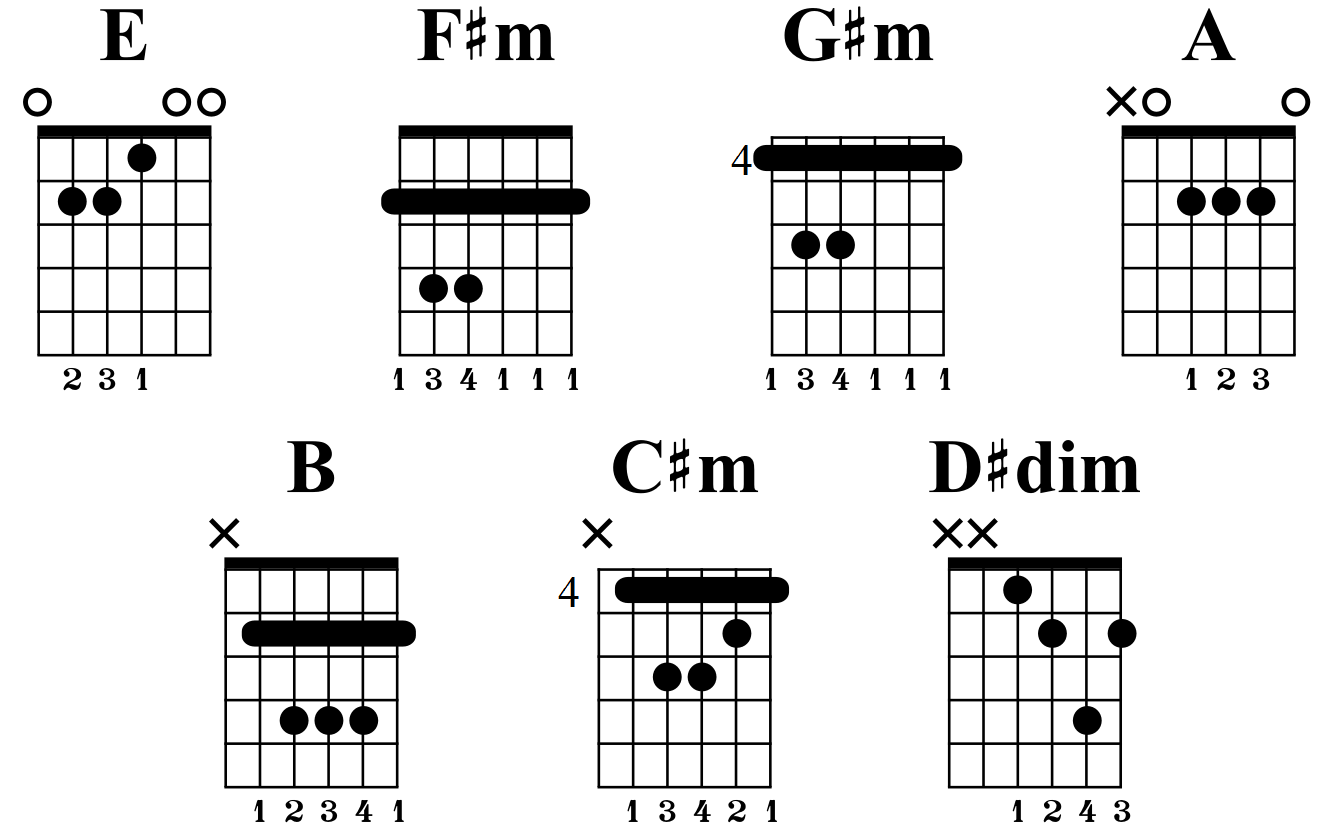


E Major Scale Fretboard Diagrams Chords Notes And Charts Guitar Gear Finder



Major Scale Chords Guitar Keys Of C A G E D Aulas De Guitarra Cordas Guitarra Musica De Guitarra
That means for every major chord in any scale in any key we can apply them to any major scale and get relevant chords but in a different key Same goes for minor and any other chord In fact there are dozens of chord formulas that you will want to learn Major scales can also be harmonized using 7th, 9th, 11th, 13th and all other kinds of chordsLearn how to play the E Major scale on bass guitar with our free tab, sheet music, neck diagrams, and moreBy applying the major/minor pattern created by building chords of the major scale to the fretboard, we can easily map out the relative positions of the chords of a key This is particularly useful when writing chord progressions, transposing to another key, playing with other musicians, and easily identifying the chords of a key on the fly



44 Guitar Ideas Guitar Major Scale Pentatonic Scale Guitar
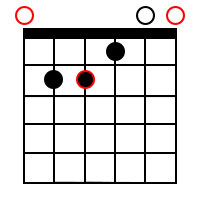


Guitar Chords In The Key Of E Major
Scale Intervals W W H W W W HBuild a chord from the 3rd degree of the major scale "E" Stacking thirds E G B E G B = E minor Chord from 4th degree is "F", stacking thirds F A C = F Major Chord from 5th degree is "G", stacking thirds G B D = G Major Chord from 6th degree is "A", stacking thirds A C E = A minor Chord from 7th degree is "B", stackingE♭ Major Blues Scale This page recommends chords for each tone in the E♭ Major Blues ScaleThe tones in the recommended chords are also within the E♭ Major Blues Scale



D Major Scale Guitar Chords Page 1 Line 17qq Com



Applying The Guitar Number System To Chord Progressionsapplied Guitar Theory
Scale Chords E major scale chords As you may be aware each scale can produce a set of chords when the scale is stacked or layered in thirds This is what is often referred to as a chord family In the event that the concept of chord families is new to you check out our discussion on chord families hereI want to get you thinking about the relationship between the major scale and chords The notes of a chord can be derived from the major scale Start at a degree and play every other note For example, you can form a C Major chord by playing CEG Similarly, you can form a D minor chord, by playing DFA The C chord is the I chord



Open Position E Major Scale For Guitar Youtube



E Major Pentatonic Scale


Major Scale Guitar Scales



Major Pentatonic Guitar Scale And Songs Guitar Music Theory By Desi Serna



E Major Scale Fretboard Diagrams Chords Notes And Charts Guitar Gear Finder



How To Play Major Chord Inversions On The Guitar Beginner Guitar Hq
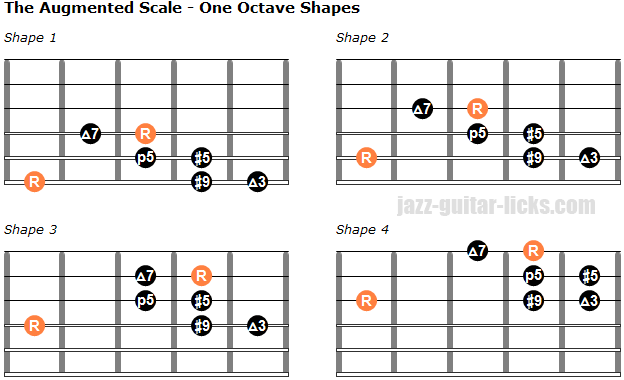


The Augmented Scale Guitar Lesson With Positions And Licks



8 Essential Open Chords And How To Use Them Deft Digits Guitar Lessons
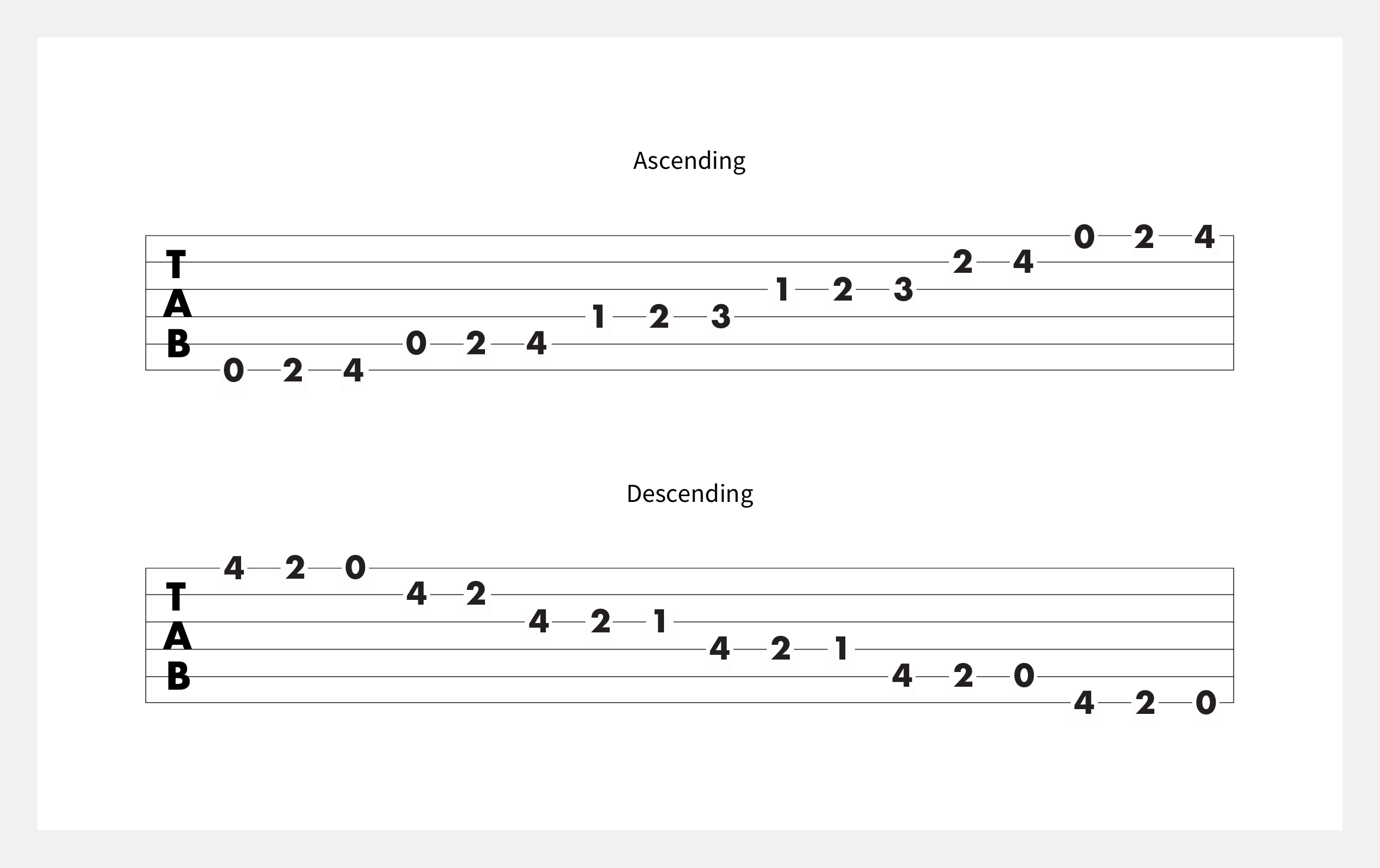


Learn How To Play The E Major Scale On Guitar Fender
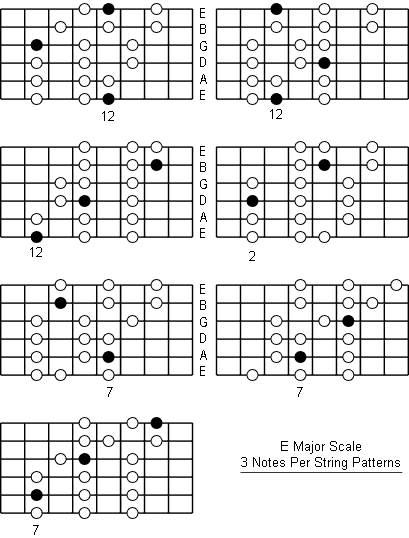


E Major Scale Note Information And Scale Diagrams For Guitarists


E Double Harmonic Scale Guitar Scientist


E Minor Guitar Chord Chart Open Position By Jay Skyler



C Sharp Major Scale Guitar Tabs Guitar Chords Guitar All Guitar Chords



Eb Major Scale Charts For Guitar And Bass
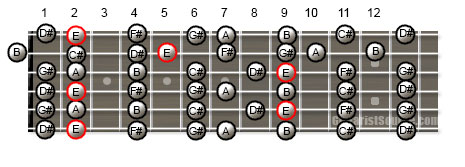


E Major Scale In Open G Tuning
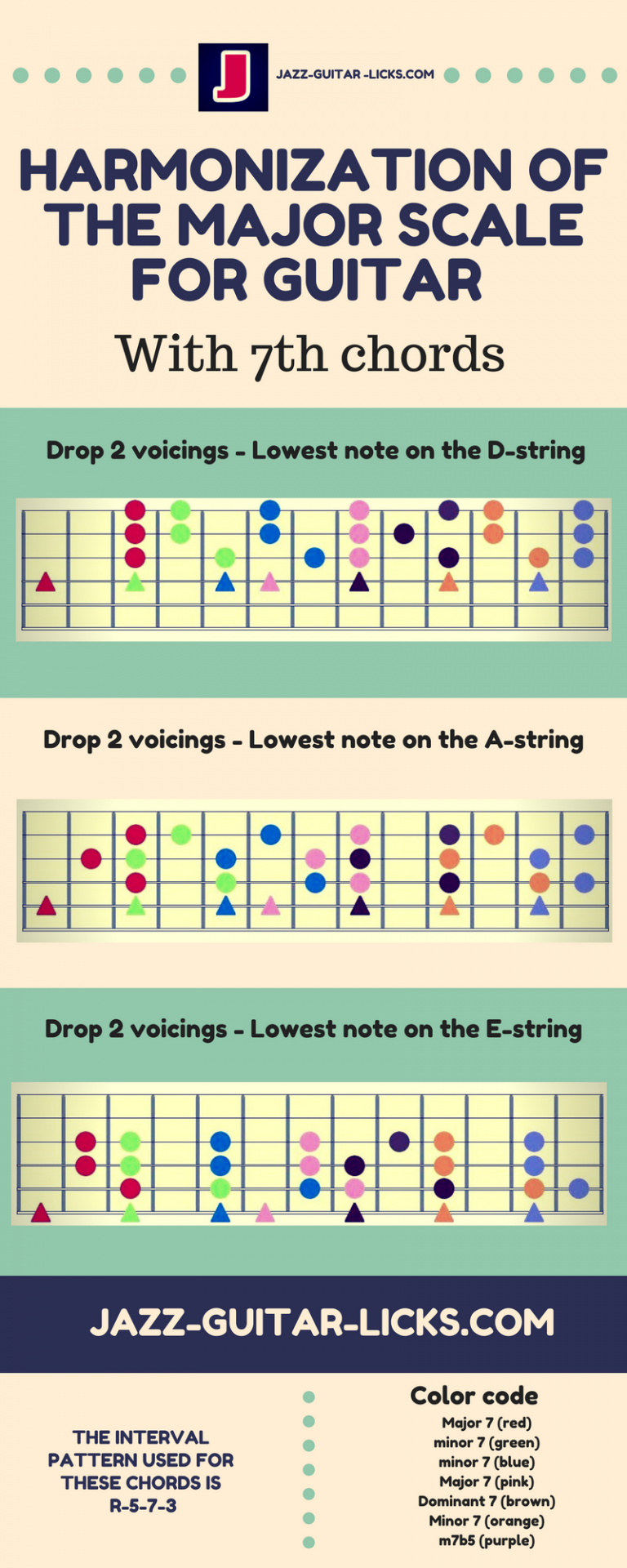


How To Harmonize The Major Scale With 7th Chords



E Chord On The Guitar E Major Diagrams Finger Positions And Theory
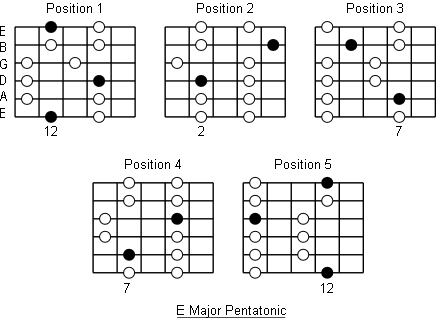


E Major Pentatonic Scale Note Information And Scale Diagrams For Guitarists
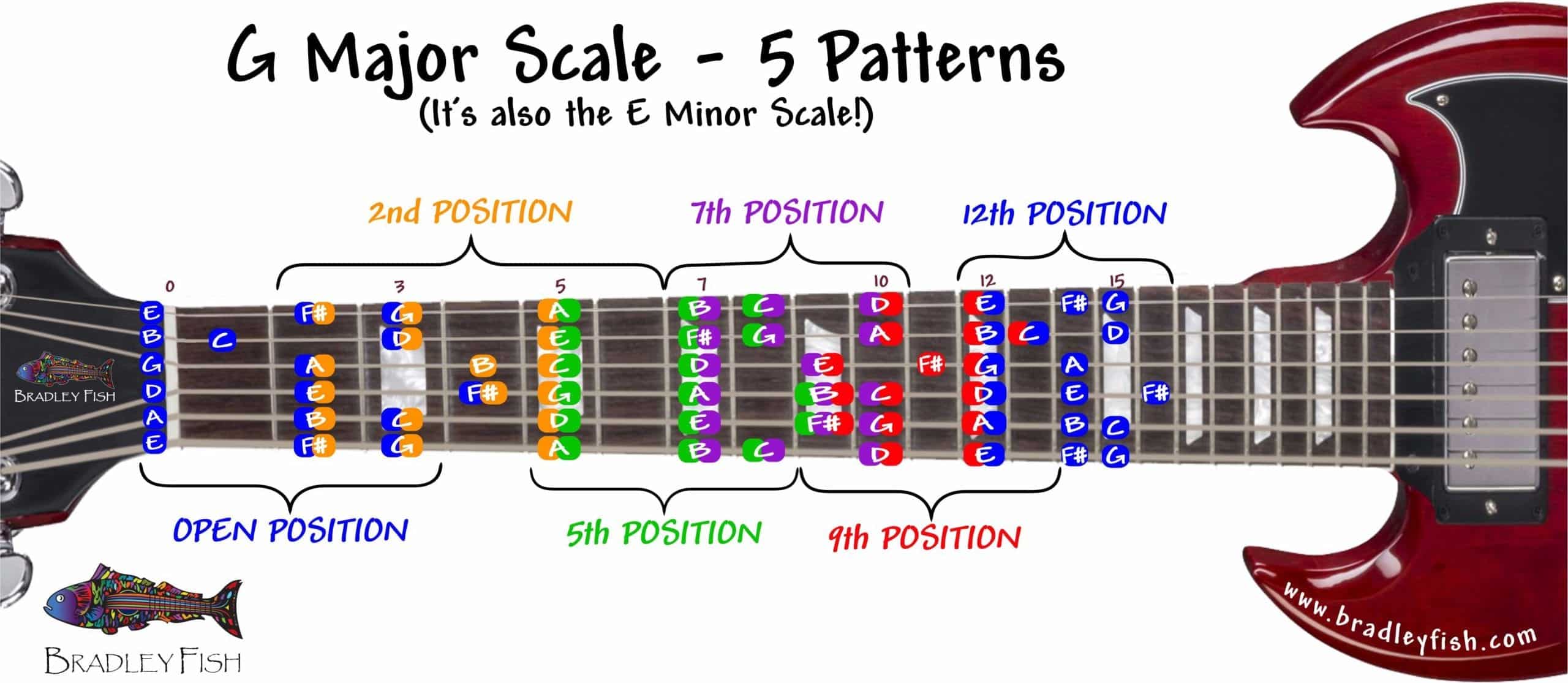


G Major Scale E Minor Scale For Guitar The Whole Neck Bradley Fish



E Major Scale Charts For Guitar And Bass



Chords In The Key Of E Understanding This Cool Guitar Key



Open Position Major Scales For Guitar Cyberfret Com


Forming Chords From Scales Guitar Scales
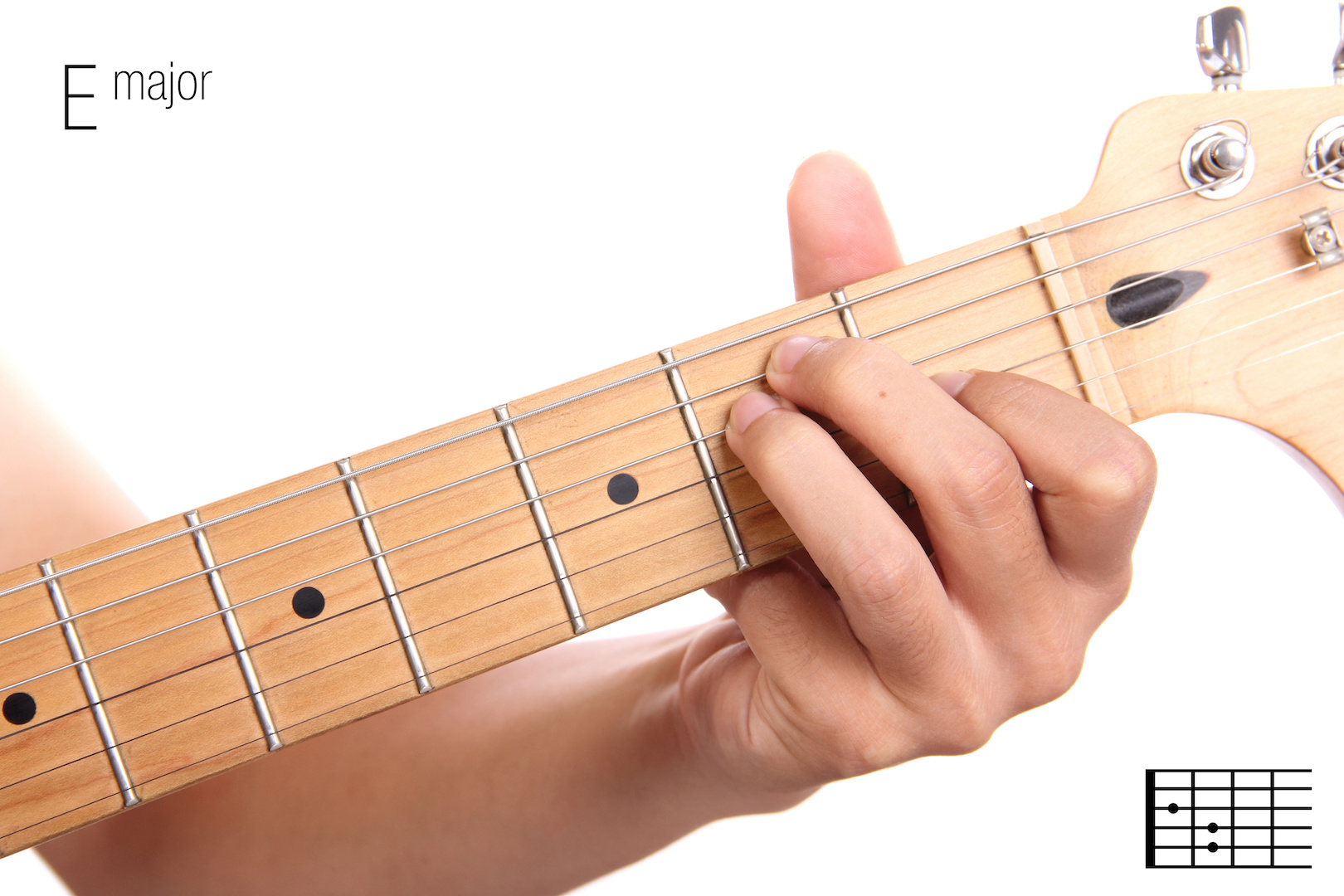


E Chord On Guitar Chord Shapes Major Scale Songs In The Key Of E


Guitar Chords In The Key Of G Major
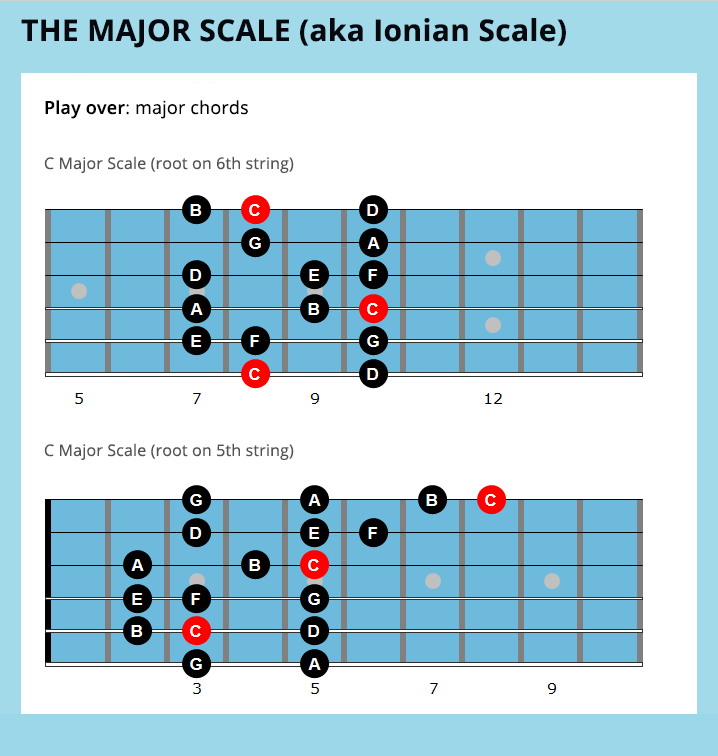


7 Easy Jazz Guitar Scales For Beginners



How To Play The Major Scale Guitar Guide For Beginners And Intermediate Guitarhabits


E Major Scale For Bass Guitar



E Major Scale On The Guitar Caged Positions Tabs And Theory
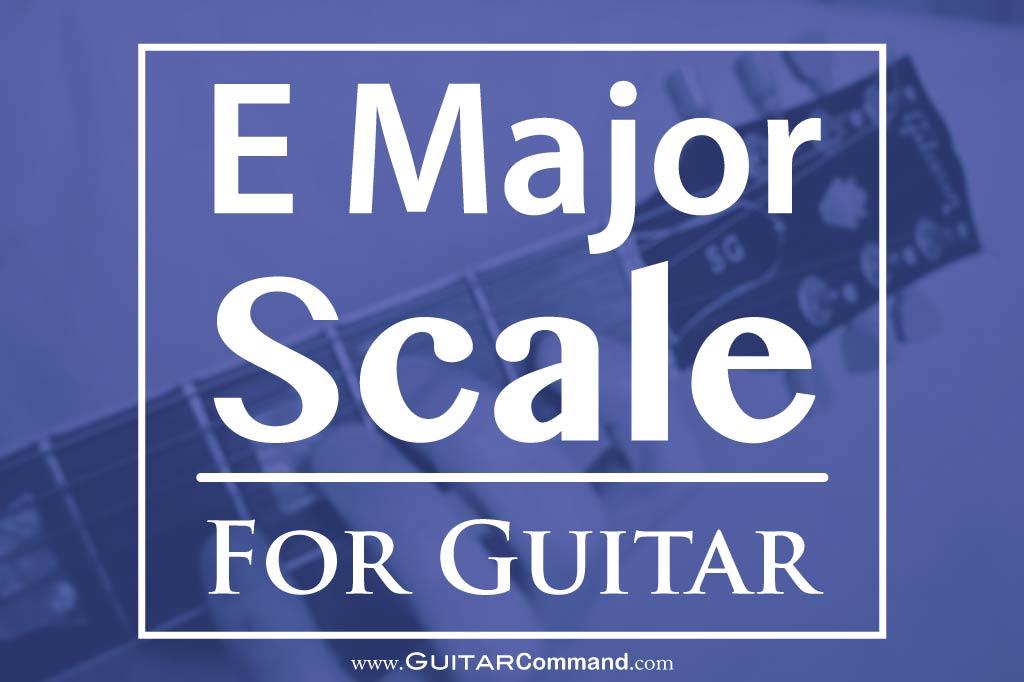


E Major Scale For Guitar Tab Notation Patterns Lesson Information



Learn The Major Scale For Left Handed Guitar Players



8 Beautiful E Major Chord Shapes On Guitar And How To Use Them Fingerstyle Guitar Lessons


Q Tbn And9gcs7m5t Um37lh1x1qla25qosfyvjzwa8xtfi H8l Qf2iybyfbd Usqp Cau
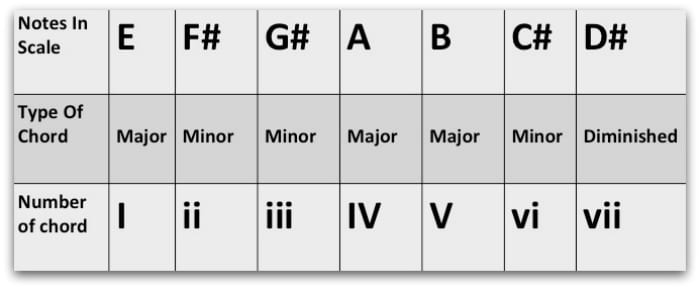


Chords In The Key Of E Understanding This Cool Guitar Key
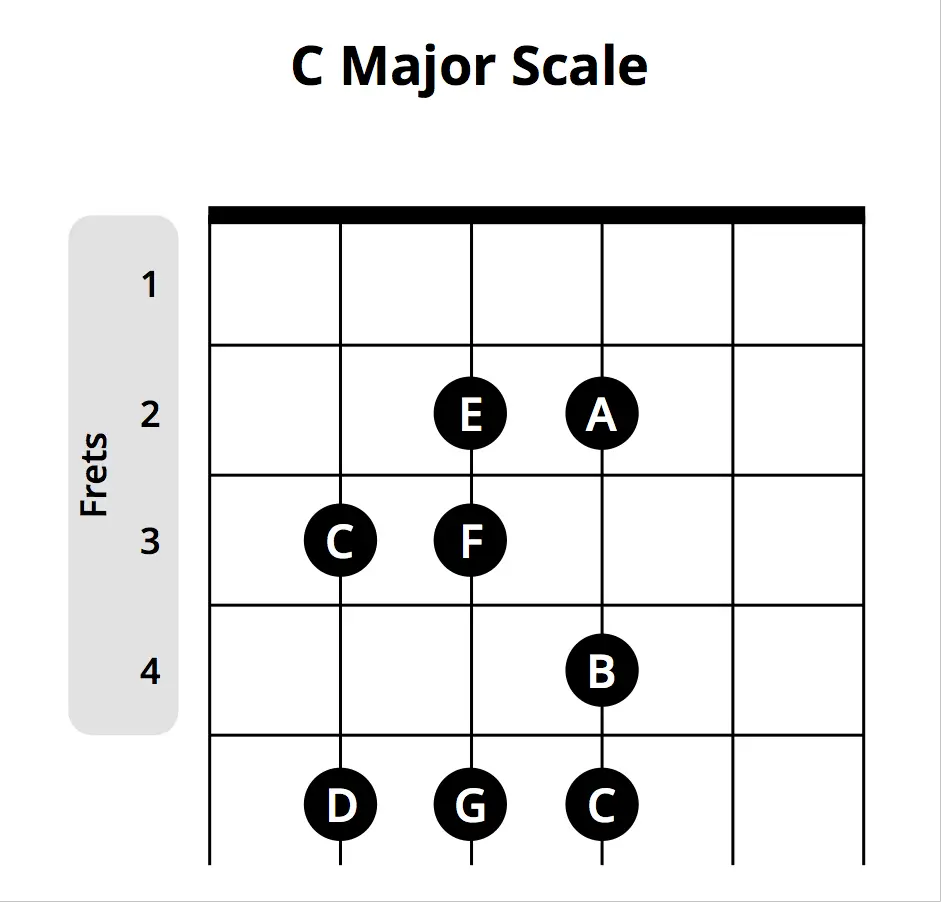


Most Popular Beginner Guitar Chords Chart Musician Tuts
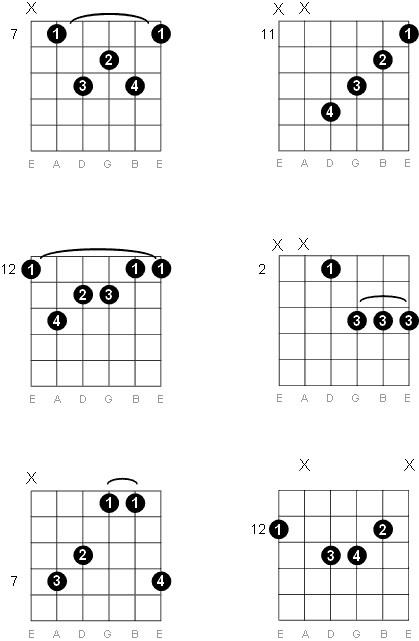


E Major Seventh Guitar Chord Diagrams


Major Scale On Guitar Essential Theory Chord Tracks



Caged Major Scale Sequence


Major Scale Positions 7 Positions Of The Major Scale On Guitar


C Major Scale Guitar Chords Chart Of Open Position Forms By Jay Skyler



G Major Scale Charts For Guitar And Bass



E Major Scale Fretboard Diagrams Chords Notes And Charts Guitar Gear Finder


Chords In 1st Position Key Of E Discover Guitar Online Learn To Play Guitar



Major Scale Chords Guitar Keys Guitar Chord Chart Music Theory Guitar



Major Scale Chord Function How Chords Behave Hub Guitar



Guitar Chord Wikipedia



B Major Scale Charts For Guitar And Bass
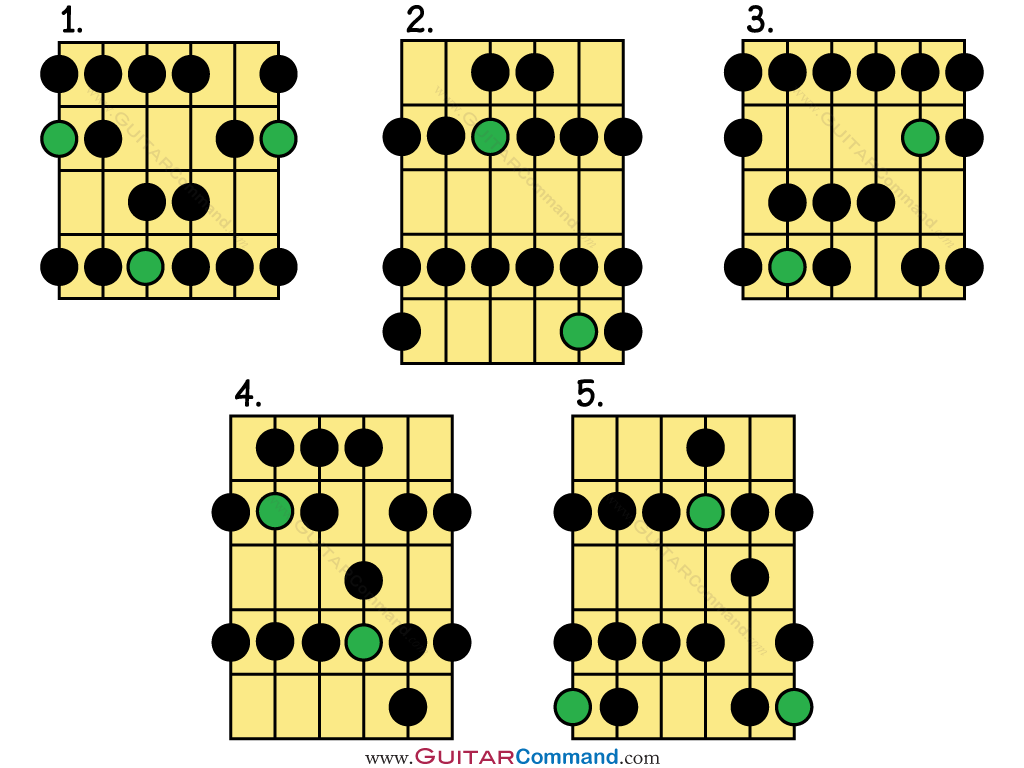


Major Scale Guitar Tab Patterns Diagrams Notation All Major Scales


G Major Guitar Chord Chart Open Position By Jay Skyler



Applying The Guitar Number System To Chord Progressionsapplied Guitar Theory



Harmonizing The Major Scale On Guitar To Easily Write Songs
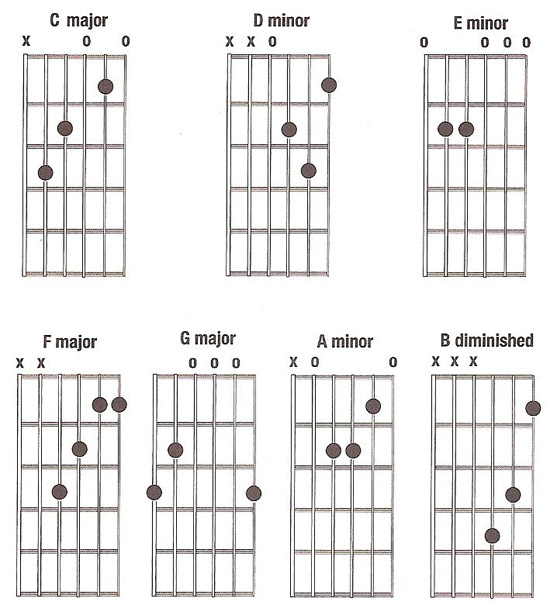


Chord
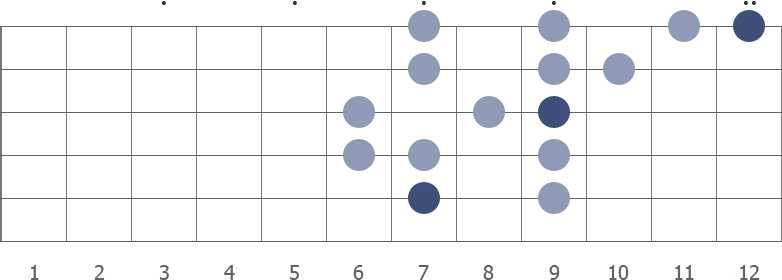


E Major Guitar Scale


1



A New Guitar Chord Every Day E Major 9



E Major Scale Guitar Ultimate Guide Guitar Lessons Blog



The 5 Pentatonic Scale Shapes Guitar Lesson



How Do Guitar Chords Work


E Major Chord Frag Arpeggio Scale Guitar Scientist



The E Major In The Open Position Shape 1 Guitar Fretboard Knowledge
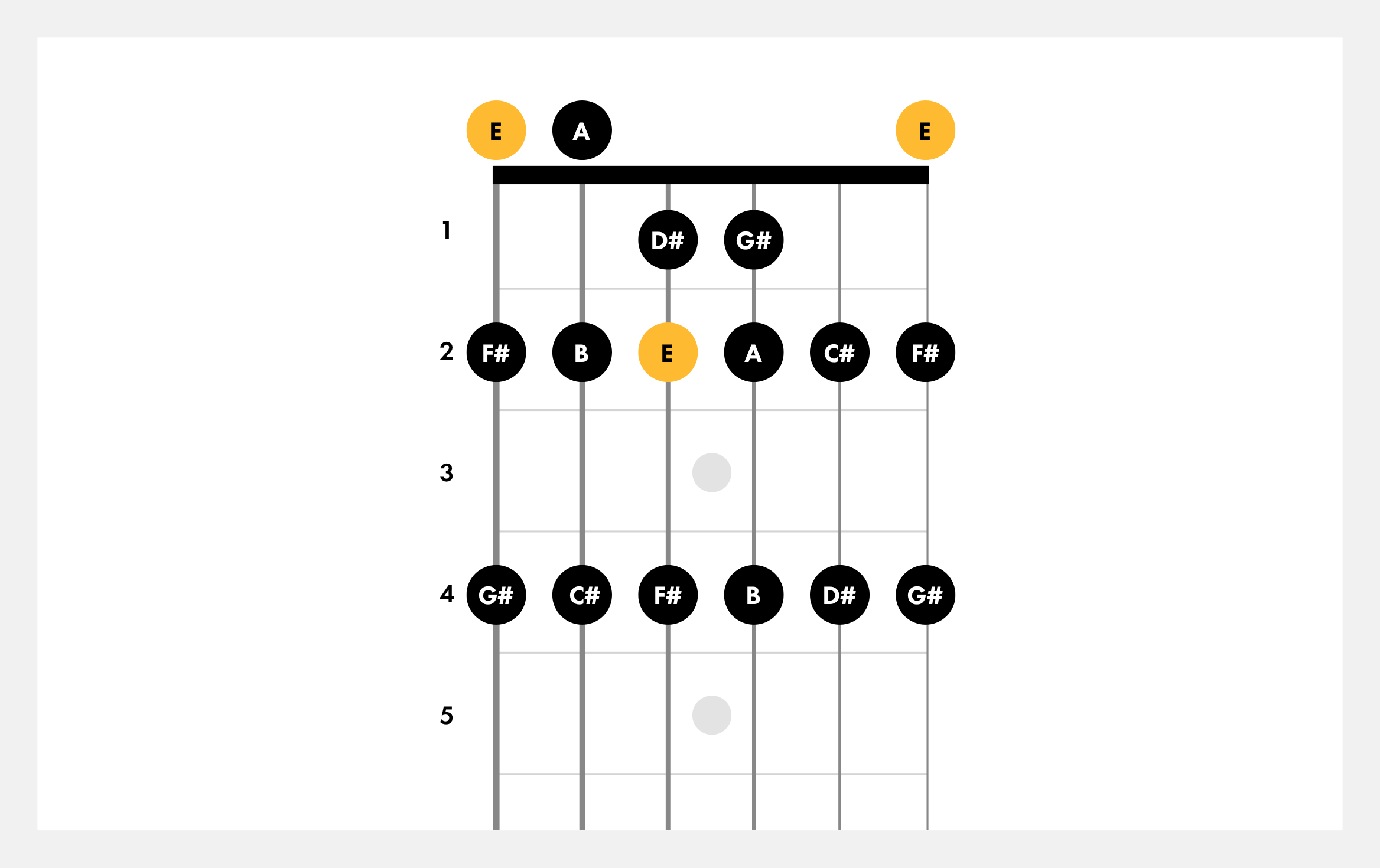


Learn How To Play The E Major Scale On Guitar Fender
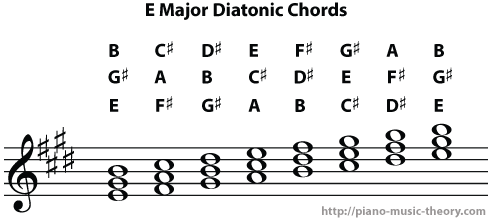


Diatonic Chords Of E Major Scale Piano Music Theory



7 Easy Jazz Guitar Scales For Beginners
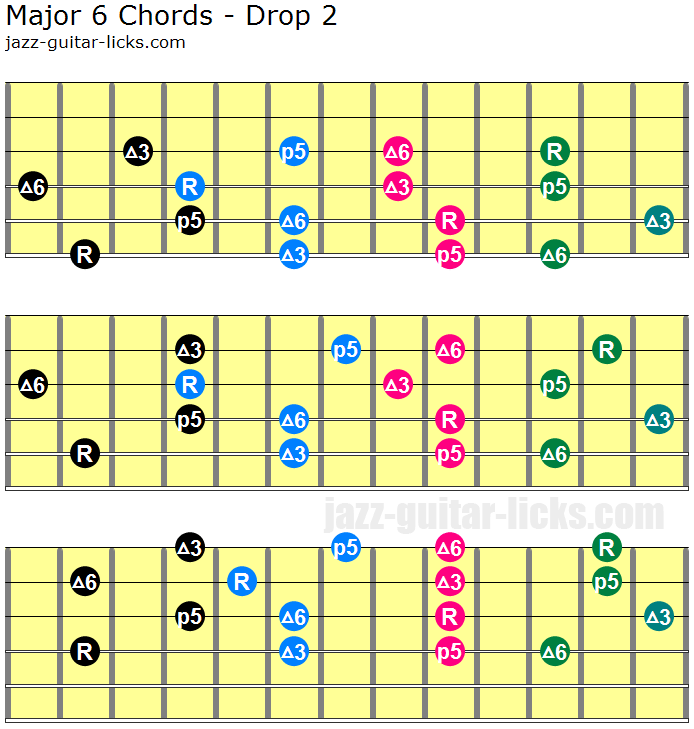


Major 6 Guitar Chords Diagrams And Voicings



Guitar Keys An Essential Guide National Guitar Academy



How To Write Chord Progressions On Guitar 10 Beautiful Examples Fingerstyle Guitar Lessons
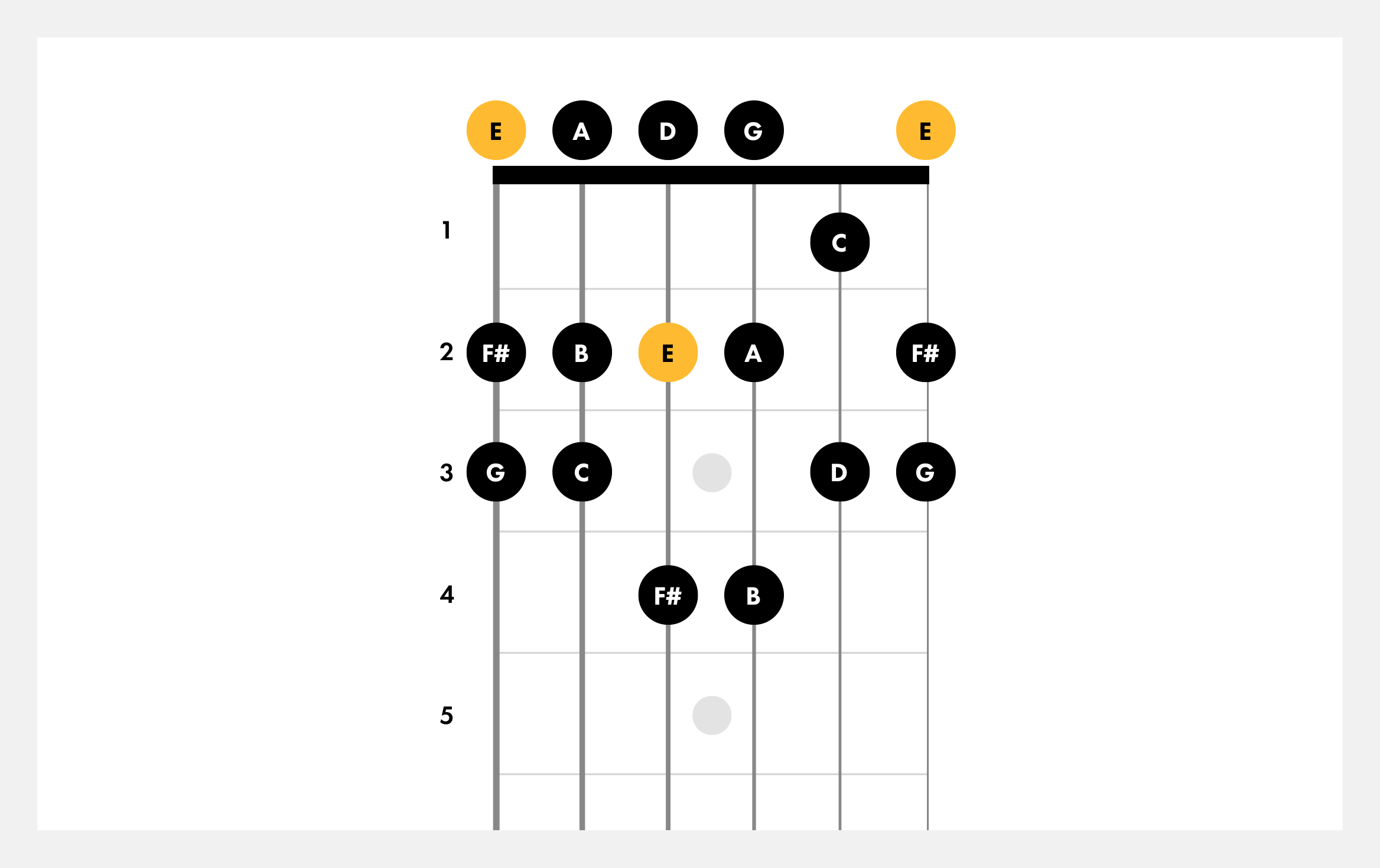


How To Play E Minor Guitar Scales Fender Play
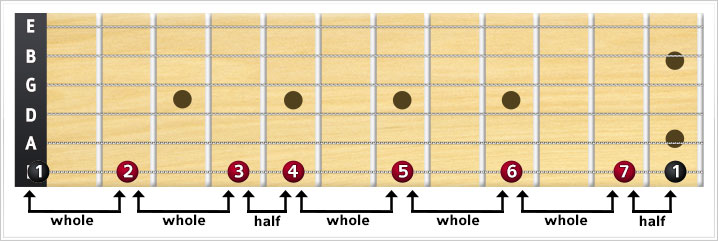


Major Scale Theguitarlesson Com



Linking Scales With Chords



Learn Guitar Scale Using Do Re Mi For Beginners Constantine Guitars



5 Ways To Play The E Chord On Guitar
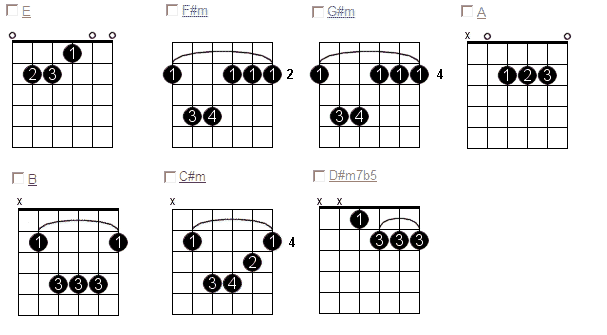


Chords Key Of E Lesson
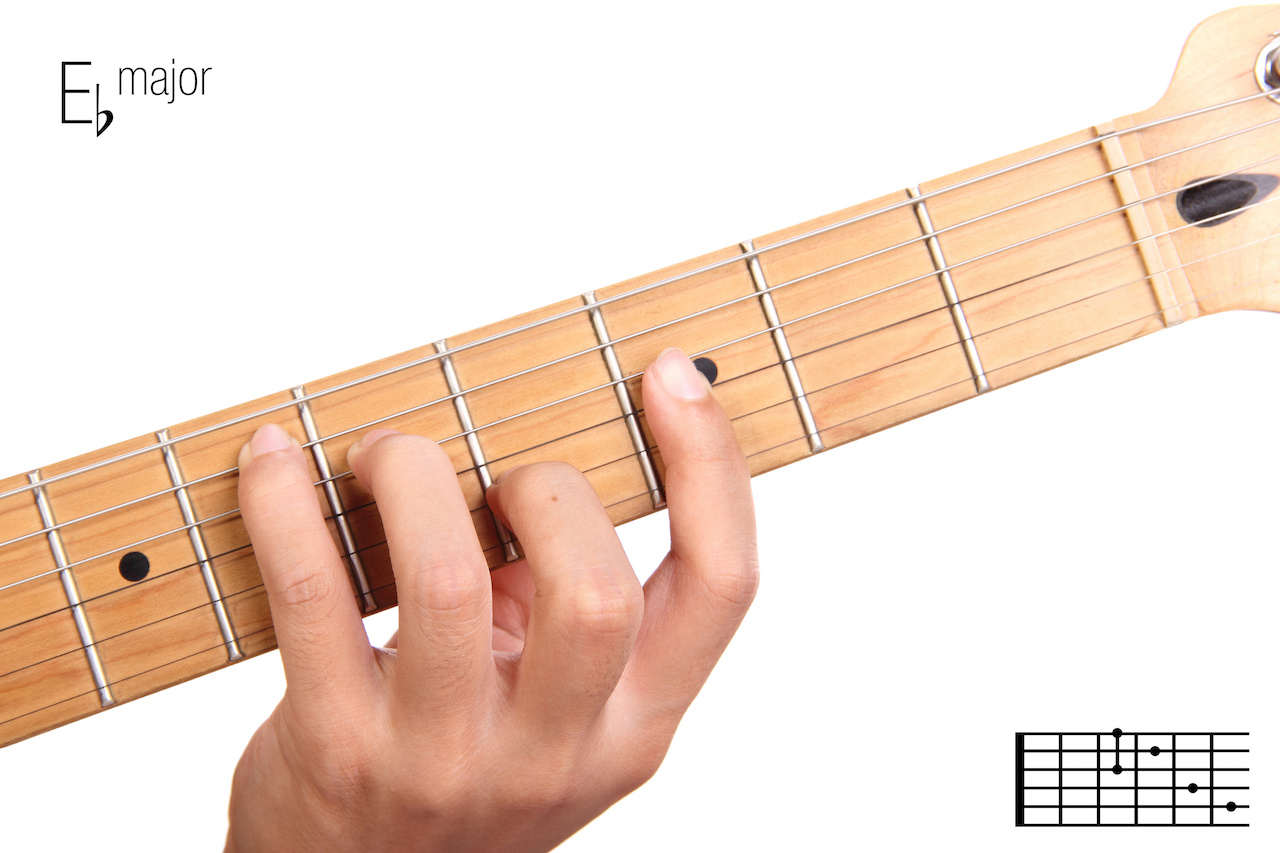


D Sharp Or E Flat On Guitar Chord Shapes Major Scale Songs In The Key Of D Sharp Or E Flat Uberchord App



Beginner Guitar Lessons E Major Scale Diagram Constantine Guitars Basic Guitar Lessons Guitar Lessons Major Scale
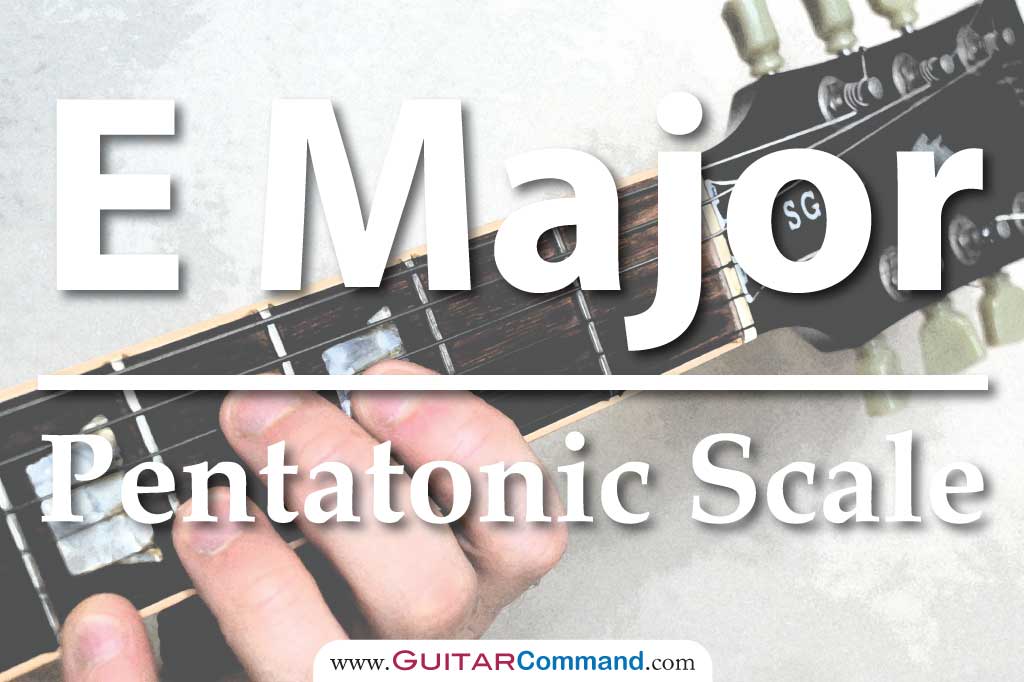


E Major Pentatonic Scale Guitar Tab Notation Scale Patterns



E Major Scale Guitar Ultimate Guide Guitar Lessons Blog



E Major Scale Charts For Guitar And Bass


コメント
コメントを投稿